Along with coral reefs and their fish, tropical butterflies and birds of paradise, hummingbirds must be among the most beautiful organisms on Earth. Yet for anyone who has never seen one in the flesh, it is difficult to convey the psychological effects of a first encounter.
For beauty is only half the hummingbird story. Their impact is doubled somehow by the minuscule size of the creatures. How could anything so small, you wonder, embody so much life force? Even in ordinary flight the wings beat at 80 times a second, and in certain display modes this can rise to 200. The old name — ‘humbird’ — better expresses the electric fizz which those limbs create.
However this lifestyle comes at a cost. A typical species weighing five grams must drain the nectar contents of 1,000-2,000 flowers daily. The birds are famously aggressive and fight among themselves for food resources, which is a reflection of a life passed permanently on the edge of starvation.
A good place to begin to understand the birds’ dramatic pleasures is with this entertaining book. One of Jon Dunn’s real achievements is his ability to conjure the plastic form and astonishing chromatic architecture of many hummingbird species. Here is his account of perhaps the most splendid of all, appropriately named the marvelous spatuletail:
A searing bolt of turquoise, the colour of Caribbean water over white coral sand, shone from its throat, above a tiny white body bisected by an inky black stripe. Beneath him hung two midnight-purple discs, seemingly unattached from the bird itself, so thin were the filaments of feather spine that supported them. He sat, his crown radiating shafts of violet as the light caught the feathers at just the right angle.
Dunn is in a long line of historical admirers who have singled out this family for special attention. One of the legacies of these naturalist devotees is their coinage of extravagant names, such as lazuline sabrewing, tourmaline sunangel, magenta-throated woodstar and blue-bearded helmetcrest.
Many of us read these bits of found poetry seated in our armchairs and dream. Dunn is one of the few who has jotted down the names in his notebooks after seeing the living creatures in their habitats. That achievement, in turn, has required serious money, much time, real determination and hard planning, because the entire 350 hummingbird species may occur only in the Americas, but they are spread from the High Andes to the Caribbean and from Tierra del Fuego to the Alaskan Arctic.
The last is where Dunn begins to dip into the deep magic of ‘hummers’. The most northerly species is for this family rather plain, but the rufous hummingbird can make an annual two-way migration of 7,000 miles. The species weighs about the same as a one-pence piece and, as Dunn aptly remarks, the feat is ‘nothing short of miraculous’.
I wished that he had trawled more completely the scientific discoveries about the ecology and adaptive radiation expressed across the whole family. He does describe how an Anna’s hummingbird, in its courtship dive, achieves a velocity of 385 body lengths per second, the highest attained by any vertebrate. Air fighter pilots withstand a comparable g-force but they have specially designed protective suits. As he notes wryly: ‘Anna’s hummingbird has only feathers with a pleasing metallic raspberry-red hue.’
Despite such nuggets, Dunn’s primary narrative is a blend of travel writing about his various exotic excursions to Cuba, Mexico, Colombia, Ecuador and Peru, with nature-note descriptions of the hummingbird conquests made in these places. Underlying this pattern is a subtextual preoccupation with the birds as objects of desire, underpinned by a recurrent vocabulary about obsession: ‘zeal’, ‘appetite’, ‘insatiable’, ‘avarice’, ‘magnetism’, ‘consumed’, ‘fervour’ and his recurrent phrase about each of his hummingbird desiderata, ‘I badly wanted to see.’
It is a language of covetousness, and it is perhaps not surprising that Dunn’s major subplot is a tissue of stories about others whose hummingbird fixations were expressed in killing, acquiring and exploiting them. In Mexico their corpses still serve as love charms. In Brazil they are made into feather art. From Paris and New York fashion houses came hats adorned with them. The Victorian naturalist John Gould assembled the largest private collection of their dead skins, which he displayed in the Great Exhibition of 1851, charging sixpence a time to 75,000 visitors.
Dunn laments these exploitative episodes and the wider consumption of all things that threaten ‘the very places that hummingbirds depend upon’. He strives to insert a clear moral boundary between his own nation-hopping tourism in search of hummingbirds and all the other ways that we threaten the birds. Alas, the more he tries, the more one senses that he too feels morally implicated in killing the things he loves.
Got something to add? Join the discussion and comment below.
Get 10 issues for just $10
Subscribe to The Spectator Australia today for the next 10 magazine issues, plus full online access, for just $10.
You might disagree with half of it, but you’ll enjoy reading all of it. Try your first month for free, then just $2 a week for the remainder of your first year.

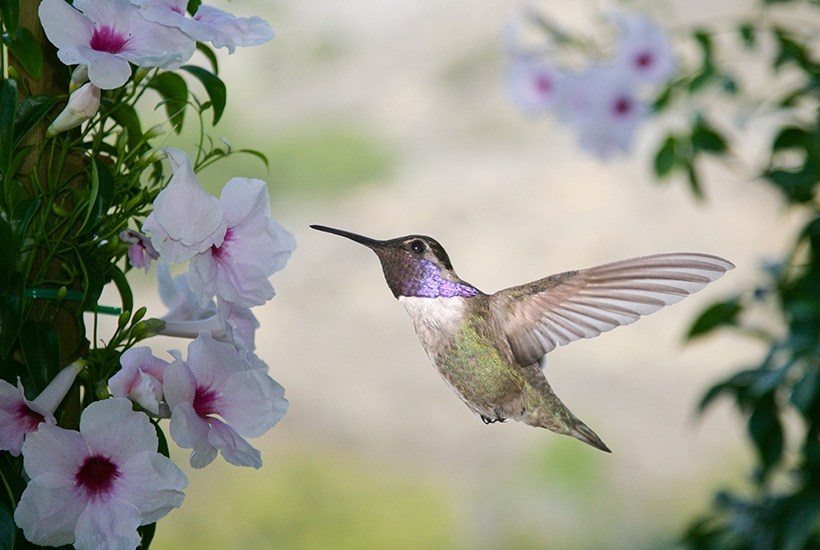
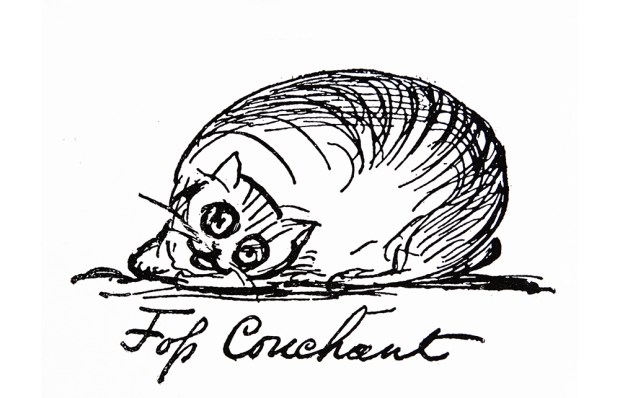
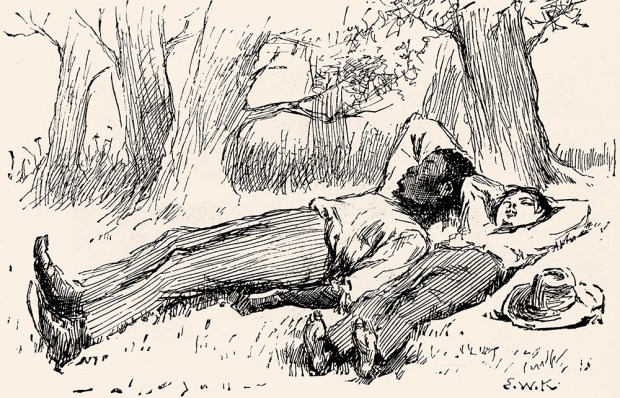
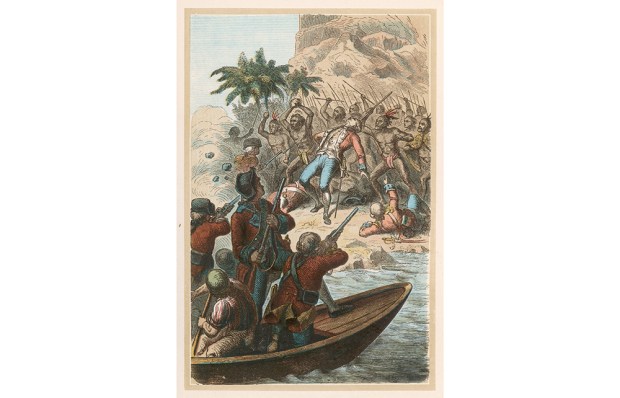

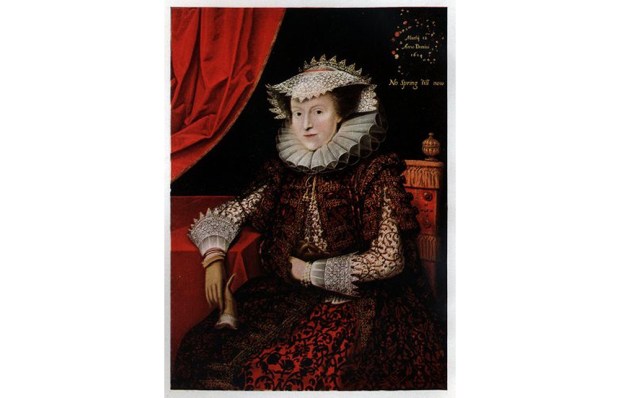
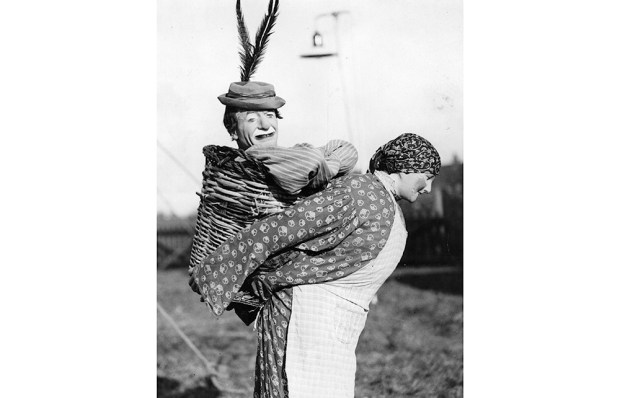






Comments
Don't miss out
Join the conversation with other Spectator Australia readers. Subscribe to leave a comment.
SUBSCRIBEAlready a subscriber? Log in